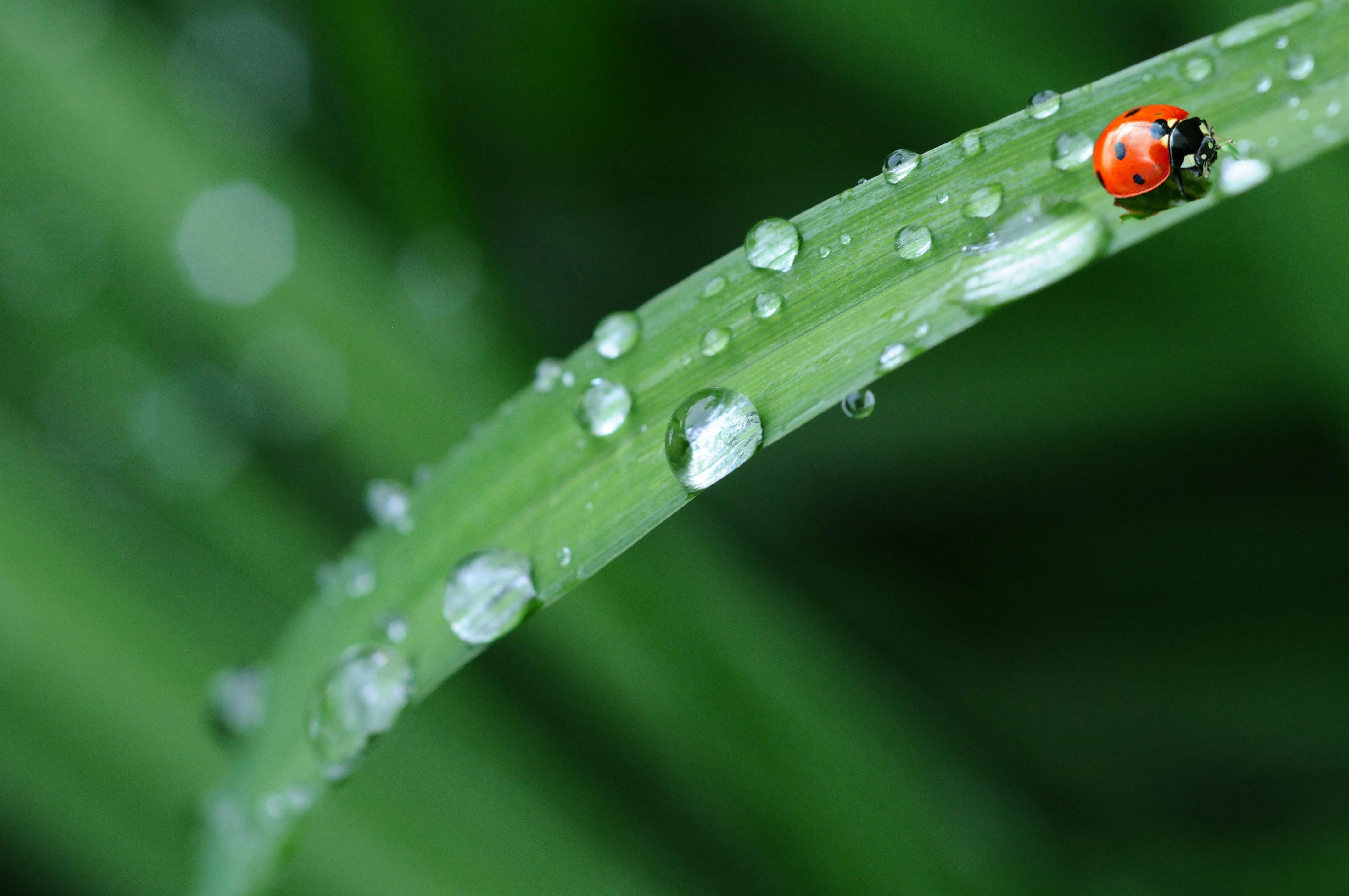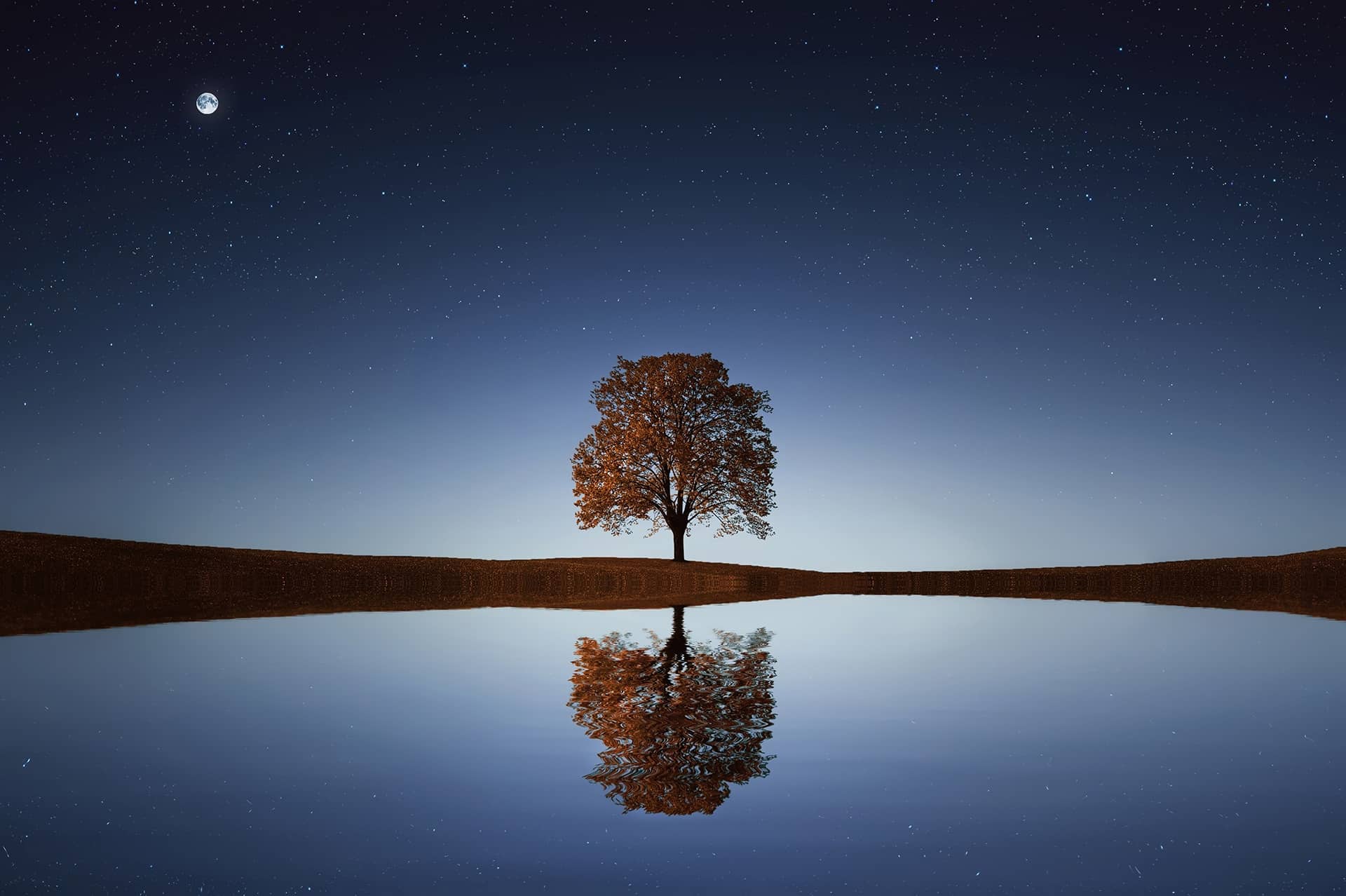When it comes to water, there are many different types available. Two of the most common types are spring water and distilled water. While there are similarities between the two, there are also some important differences to consider. This article will explore the similarities and differences between spring water and distilled water to help you decide which is best for your needs.No, spring water and distilled water are not the same. Spring water is sourced from an underground formation and may contain minerals and a slight amount of salt. Distilled water is created through a process of distillation that removes all impurities, including minerals and salt.
Spring Water and Distilled Water
Spring water is groundwater that has been naturally filtered by passing through layers of bedrock, sediment, and sand. It is collected from the source of a spring and bottled without any additional treatment. Spring water contains minerals that give it a unique taste and odor. It also contains trace amounts of organic compounds, such as bacteria and algae.
Distilled water is produced by boiling water and then condensing the steam back into liquid form. During this process, all impurities in the water are removed, including minerals, salts, and organic compounds. This makes distilled water much purer than spring water, but it also removes beneficial minerals such as calcium and magnesium. Distilled water has no taste or odor because it lacks minerals.
The main difference between spring water and distilled water is the presence of minerals. Spring water contains natural minerals that give it a unique flavor and smell, while distilled water has no taste or odor because all its impurities have been removed through boiling. Additionally, springwater can contain trace amounts of organic compounds like bacteria or algae while distilled water does not contain any organic compounds at all.
Spring Water
Spring water is a type of natural mineral water that is sourced from an underground aquifer, which is a layer of permeable rock or sediment such as sandstone or chalk that contains water. This type of water typically has a high mineral content, and it may be naturally alkaline or acidic. Spring water is often bottled and sold commercially as drinking water. It is also used in certain manufacturing processes, such as in the production of certain food products. Spring water typically has a higher mineral content than other types of bottled water, such as distilled and purified waters. The minerals found in spring water vary depending on the source, but common minerals include calcium, magnesium, potassium, sodium, and iron. Spring water may also contain trace amounts of other minerals and metals, including manganese, strontium, zinc, copper, fluoride, and lead.
Spring water can be an excellent choice for drinking because it contains essential minerals that are beneficial to the body. It can also be used for cooking purposes because it does not contain chemicals or additives like other types of bottled waters do. However, due to its high mineral content it can have a slightly salty taste for some people. Additionally, since spring water comes from underground sources it may contain bacteria or microbial contaminants that could cause harm if consumed in large quantities over a long period of time.
What is Distilled Water?
Distilled water is water that has been purified through a process of distillation. This process involves boiling the water and collecting the resulting vapor, which is then condensed back into liquid form. The result is a type of purified water that is free of most impurities, including minerals and other contaminants. Distillation can remove bacteria, viruses, and other microorganisms as well as solids such as dirt, sand, and sediment. Distilled water has many uses, from drinking to cleaning to industrial processes. It is often used in medical settings as well due to its purity and lack of contaminants.
Distilled water can be found in grocery stores or purchased online in jugs or cases. It is also available in many restaurants and cafes as an option for customers who prefer it over regular tap water. In some areas, distilled water may be available from the tap in homes with special filtration systems that are designed to produce purer drinking water. Many people opt for distilled water because they believe it to be healthier than regular tap water; however there are no scientific studies that prove this to be true.
In addition to drinking, distilled water can be used for a variety of household purposes such as cleaning windows, filling steam irons, filling humidifiers, topping off car batteries and more. Some people also use distilled water when performing certain experiments in the lab or in science classrooms due to its purity. Finally, it can be used for industrial processes such as cooling towers and boilers when the highest level of purity is required.
Source of Spring Water
Spring water is naturally occurring water that is found in underground aquifers. When the temperature of the ground rises, the water within it is forced up to the surface. This type of water is usually quite clean, as it has been filtered through the rocks and other particles in the ground. Spring water can be used for drinking and bathing, as well as for irrigation and other agricultural purposes. It is considered to be some of the purest and healthiest drinking water available.
Spring water comes from a variety of sources, including deep underground aquifers, natural springs, glacier runoff, and snowmelt. In many cases, a single source may provide spring water for an entire area or region. The process of collecting spring water requires digging a well or borehole to reach the source. This process can be costly and time-consuming but is necessary for ensuring a safe supply of drinking water that meets all safety standards.
In addition to providing drinking and bathing water, spring water can also be used for swimming or recreational activities such as kayaking or canoeing. Springs are also often used by farmers to irrigate their crops and provide livestock with clean drinking water. Spring water can be stored in reservoirs or collected in tanks to provide an ongoing supply of fresh drinking and bathing waters year-round.
The quality of spring water varies depending on its source and how it was collected. Water that has been filtered through rocks is generally much cleaner than surface runoff or groundwater sources that have not been filtered by natural processes. For this reason, it’s important to know where your source of springwater comes from before using it for any purpose.

Source of Distilled Water
Distilled water is a type of purified water that has had both contaminants and minerals removed. It is achieved by boiling the water and then condensing the steam into a clean container, leaving many of the solid contaminants behind. This process leaves a high-quality H2O that is free of most contaminants and ideal for many uses. Distilled water has many sources, including municipal sources, industrial processes, and home distillers.
Municipal sources are typically used for large-scale production, as they are able to produce large volumes of distilled water with advanced equipment. Industrial processes use a variety of techniques to create high purity water for specialized uses, such as pharmaceuticals or electronics manufacturing. Home distillers are becoming increasingly popular as they provide an easy way to make distilled water at home without the need for expensive equipment or special skills.
Distilled water is also available from various retailers, both online and in stores. These retailers generally offer pre-packaged distilled water in various sizes and quantities, making it easy to purchase what you need without having to go through the distillation process yourself.
The quality of distilled water can vary depending on its source. Municipal sources often produce higher quality distilled water than home distillers due to their ability to use more advanced equipment and techniques. However, if you are looking for an economical option, home distillers can be just as effective if used properly.
No matter where you choose to get your distilled water from, it is important to ensure that you get it from a reliable source in order to ensure its quality and safety. Doing some research before purchasing any type of distilled water can help ensure that you get the best product possible for your needs.
Chemical Composition of Spring Water and Distilled Water
Water is an essential component of human life. Knowing the chemical composition of water is important for understanding its purity and suitability for different purposes. There are two common types of water available in the market – spring water and distilled water. Both these types have their own unique chemical composition.
Spring water is naturally occurring, collected from an underground source like an aquifer or a spring. It has a unique combination of minerals, salts, and other trace compounds which vary based on the source from which it is collected. Generally, it contains dissolved minerals like sodium, calcium, magnesium, potassium, bicarbonates, silica, chloride and sulfates.
On the other hand, distilled water is created through a process called distillation which involves boiling water until it turns into steam and then collecting this steam to form distilled water. It does not contain any minerals or contaminants as they are left behind during the process of distillation. This makes it relatively purer than spring water but also less mineralized than spring water.
The two types of waters offer different benefits depending on their intended use. For drinking purposes, spring water may be preferred as it contains beneficial minerals whereas for cleaning purposes such as in laboratories where no contamination is desired; distilled water may be preferred due to its higher purity levels.
Therefore the chemical composition of spring water and distilled water varies significantly due to their different sources and processes used to create them. Knowing the differences between them can help us decide which type of water may be suitable for our specific needs.
Benefits of Drinking Spring Water vs. Distilled Water
Drinking water is an important part of staying healthy, but not all water is created equal. Spring water and distilled water are two common types of bottled water, each with its own benefits and drawbacks. While both are safe to drink, understanding the differences between them can help you make a more informed decision about which is best for your needs.
Spring water comes from natural underground sources, such as aquifers or springs. It is collected without any additional treatment and typically contains minerals that occur naturally in the source. These minerals give spring water a distinct flavor and can provide health benefits such as helping to regulate bodily fluids and aiding in digestion. Additionally, spring water often has a lower acidity than distilled water, making it more palatable for some people.
Distilled water is made by boiling regular tap or spring water to produce steam, then collecting the steam as it condenses back into a liquid form. This process removes virtually all contaminants from the original source, including minerals and other solids that may have been present. As a result, distilled water has no flavor and is considered one of the purest types of drinking water available. Its lack of mineral content makes it ideal for use in medical applications or for rinsing contact lenses, but it may be less beneficial for everyday drinking purposes since minerals are important for good health.
When choosing between spring and distilled water, it’s important to consider your individual needs and preferences. Spring water offers natural mineral content that can be beneficial for everyday drinking purposes while distilled water provides a purer form of hydration without any additional additives. Ultimately, both types are safe to drink and provide important hydration benefits so you can choose whichever you prefer!

Conclusion
Spring water and distilled water are two different types of water, each with its own unique properties. Spring water is naturally sourced from underground springs and contains a variety of minerals and nutrients, while distilled water is created through the process of distillation and has been purified to remove any impurities. Depending on your needs, either type of water could be a viable option for drinking, cooking, or cleaning. However, spring water may be a better choice for those looking for more minerals in their diet. Ultimately, it is up to the individual to decide which type of water best suits their needs.
In conclusion, it is important to understand the differences between spring water and distilled water in order to make an informed decision when selecting a drinking or cooking option. Spring water is naturally sourced from underground springs and contains minerals that may be beneficial to health while distilled water is created through distillation process and has been purified to remove any impurities. Ultimately, it comes down to personal preference when choosing between the two types of waters.

